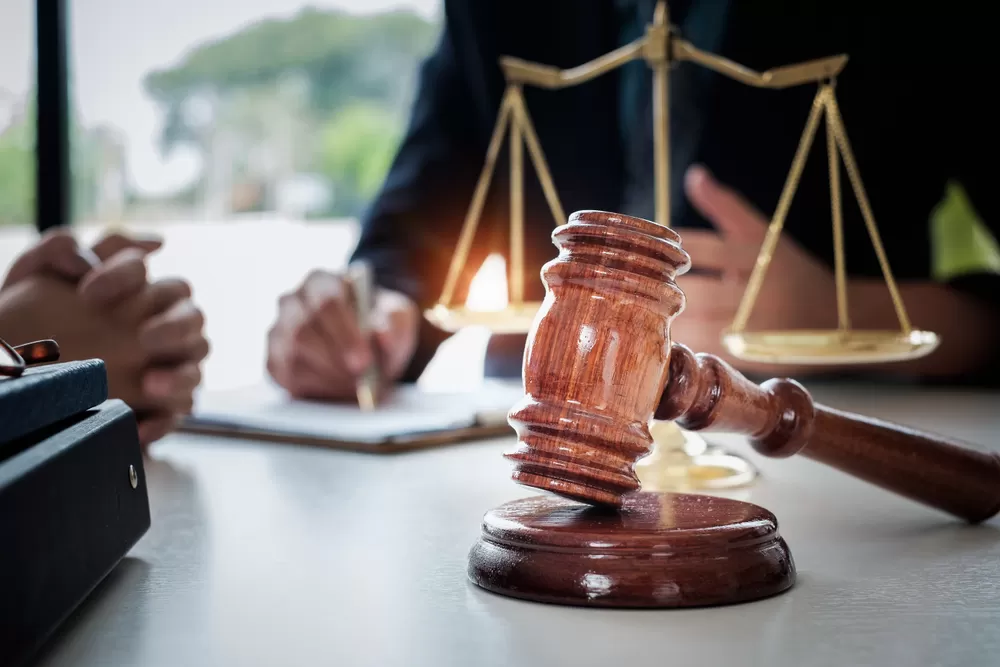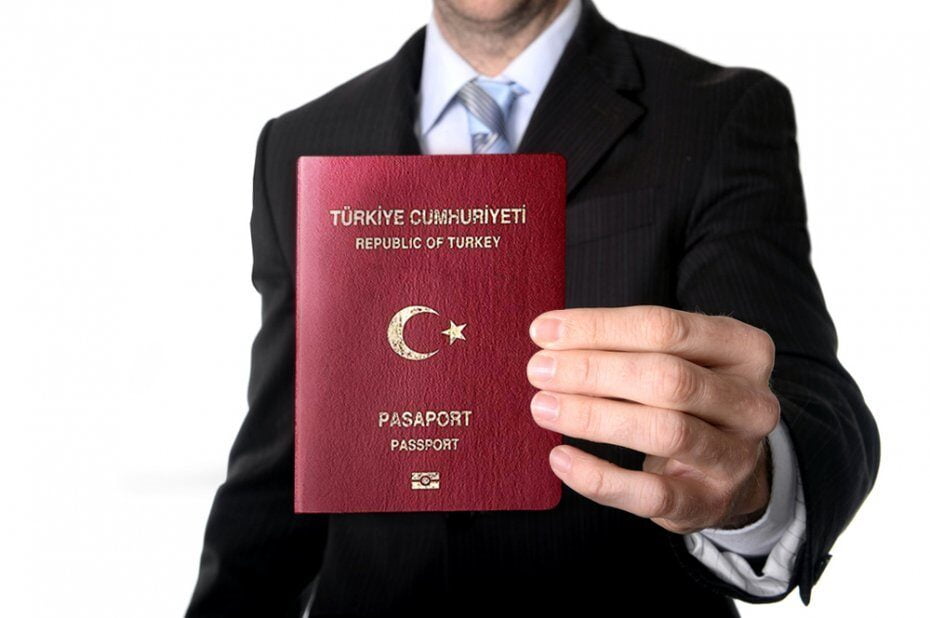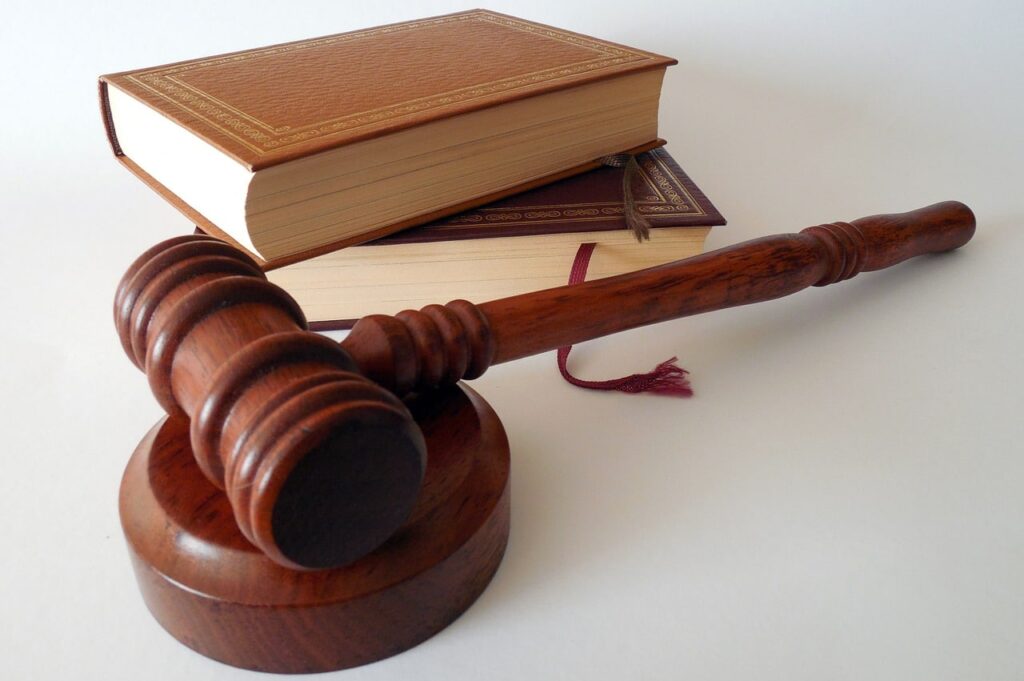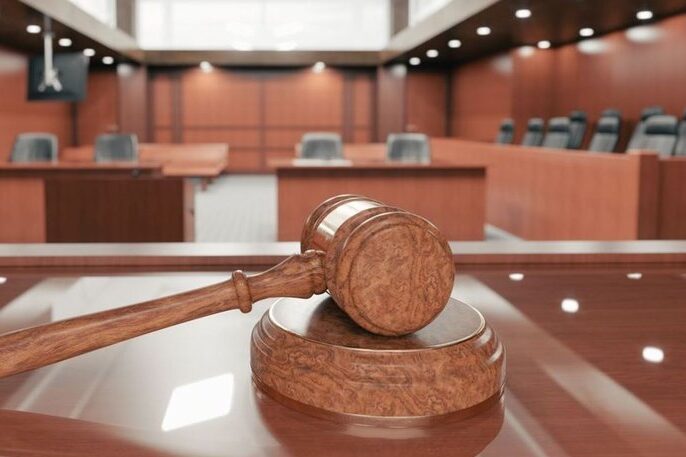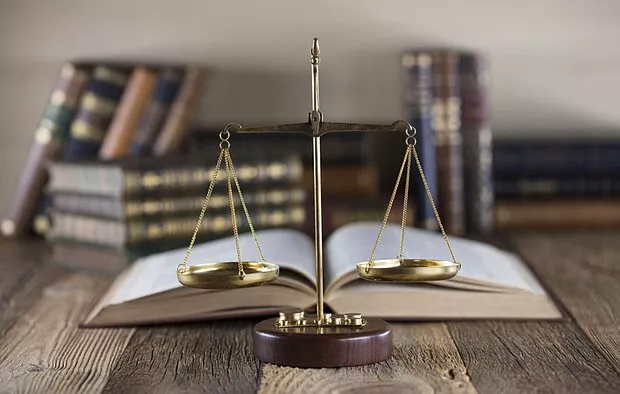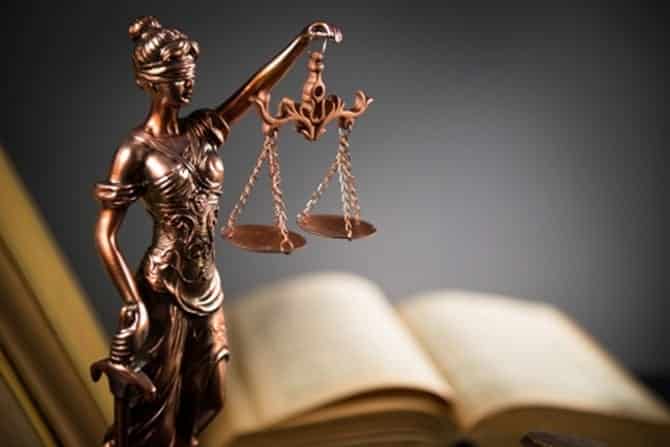Deciphering Legality in Sports: Notable Case Studies
Deciphering the legality within the sports arena is illuminated by a plethora of notable case studies that have set important precedents. One such landmark case is the 1995 Bosman ruling by the European Court of Justice, which provided a seismic shift in the soccer world by allowing free movement of players within the EU upon contract expiration and prohibiting nationality-based player quotas in European competitions. This pivotal case not only redefined the transfer system, giving players unprecedented freedom, but it also challenged the traditional balance of power between clubs and players, triggering sweeping changes across sports leagues worldwide. The Bosman case is a prime example of how sports law can transcend the playing field, affecting the principles of free movement and competition in the labor market, illustrating the intricate balance between individual rights and the collective interests of sports organizations.
Equally significant in the evolution of sports law was the 1972 passage of Title IX in the United States, a federal law mandating gender equality in all educational programs that receive federal funding, including athletic programs. This transformative policy has dramatically increased female participation in sports by requiring educational institutions to provide equal opportunities for both genders. Legal challenges surrounding Title IX have often centered on compliance issues, such as whether schools are offering an equitable number of athletic opportunities to both male and female students. By setting a legal framework for gender equity in sports, Title IX cases have highlighted the broader social issues of discrimination and equality, pushing the boundaries of both legal and societal norms. The consequences of these legal actions resonate beyond the confines of sports, reflecting a changing cultural landscape where gender equality is increasingly recognized as paramount.
The ramifications of sports law extend into the realm of intellectual property, as seen in the landmark case of NCAA v. Board of Regents of the University of Oklahoma in 1984. This Supreme Court decision revolutionized the broadcasting landscape of college sports by invalidating NCAA controls over television contracts, concluding that such controls violated antitrust laws. The ruling cracked open the floodgates for schools to secure their own lucrative broadcasting deals, thereby massively increasing revenue streams for college programs and reshaping the economics of collegiate athletics. The case not only underscored the legal intricacies surrounding broadcast rights and antitrust statutes but also underscored the power of intellectual property rights in sports. This decision has had lasting implications on media rights, the commercialization of college sports, and has acted as a catalyst for ongoing debates regarding the rights of student-athletes in a multi-billion dollar industry.
Navigating the Intersection of Athletics and Law
Navigating the intersection of athletics and law demands proficiency in an array of legal disciplines against the backdrop of the sporting world’s unique culture. Sports law professionals must adeptly handle cases ranging from antitrust issues, where they might challenge league policies and decisions, to labor disputes that shape the careers and livelihoods of athletes. In this highly specialized field, attorneys often find themselves in the dual roles of safeguarding the individual rights of players and upholding the collective integrity of sports organizations. This balancing act requires a deep understanding of how traditional laws apply within the sports context, a context that evolves with each new technological advancement, commercial deal, and societal shift in attitudes towards sportsmanship and fair play.
The legal complexities surrounding sports extend to issues of intellectual property, where the protection and exploitation of trademarks, broadcasting rights, and merchandise can lead to significant revenue for all stakeholders involved. Sports lawyers are equipped to negotiate endorsements and media contracts, ensuring their clients’ rights and images are not infringed upon, while also navigating the intricacies of digital media distribution in an era where online streaming and social media platforms have revolutionized how fans engage with sports content. They must also be vigilant in matters of defiance, such as doping and match-fixing, which threaten the integrity of sports and challenge the efficacy of governance in upholding fairness and the spirit of competition.
In the dynamic domain of sports law, legal practitioners are increasingly confronted with the task of reconciling athlete activism and social justice with existing regulatory frameworks. As athletes harness their prominence to advocate for change on and off the field, sports lawyers play a critical role in navigating the legal ramifications of protests, sponsor relations, and team policies. This convergence of social movements and sports underscores the necessity for sports law professionals to not only possess legal acumen but also a sensitivity to the evolving cultural landscape, where issues such as racial equality and personal expression are now inexorably linked to the realm of athletics and consequently, sports jurisprudence.
The Impact of Jurisprudence on Sports Dynamics
The jurisprudence associated with sports law holds a significant influence on the evolution of sports dynamics, extending far beyond the courtroom. High-profile cases addressing issues such as antitrust laws can radically alter the balance of power between players, teams, and leagues, as exemplified by landmark decisions that have facilitated free agency and changed the nature of player-team negotiations. Decisions made in the realm of intellectual property protect team logos, mascots, and merchandise, contributing heavily to the commercial aspect of sports branding and fan engagement. Furthermore, when courts weigh in on cases of gender discrimination or the rights of athletes with disabilities, they not only ensure justice is served, but also reinforce inclusivity and set the tone for ethical standards within the sports community. Thus, the influence of legal outcomes shapes the operational, commercial, and ethical dynamics of sports, creating ripples that affect how sports are played, managed, and experienced by all stakeholders.
Additionally, jurisprudence in sports law affects the very policies and regulations that govern sports organizations, from local clubs to international governing bodies. For instance, when litigations arise related to doping and athlete performance-enhancement, the rulings not only punish the individual offenders but also drive systemic changes, leading to more vigilant anti-doping policies and procedures. This legal scrutiny can enhance the fairness and competitive balance in sports competitions, preserving the integrity of athletic achievements. Likewise, sports-related labor law cases help define the rights and working conditions of athletes, with verdicts impacting everything from minimum salary agreements to health and safety standards. As legal precedents in these areas are established, they dictate the frameworks within which sport governing bodies must operate, ensuring that the spirit of competition remains in sync with evolving legal and societal values.
Consequently, the reach of sports law jurisprudence extends into the fabric of society itself, often reflecting broader social changes and promoting progress through its verdicts. Issues such as athlete activism, the right to protest during sporting events, and the role of sports in societal issues like racial and gender equality are increasingly finding their way into legal discourse. In rendering decisions on such matters, the courts not only codify athletes’ rights to free speech and expression but also influence public sentiment and dialogue around these critical issues. Thus, sports law cases do not merely resolve individual disputes or enforce regulations; they act as catalysts for societal change, asserting the essential role of sports as a microcosm for wider cultural and ethical debates, and further affirming the responsibility of the sports industry to lead by example in advocating for justice and equality.


